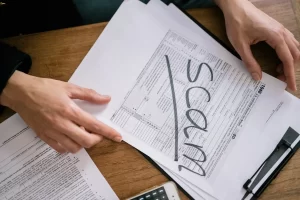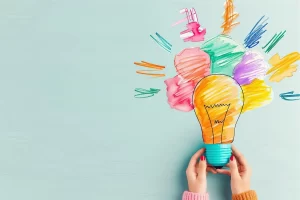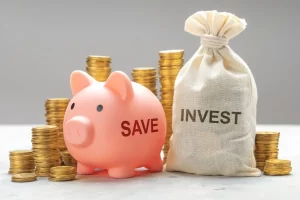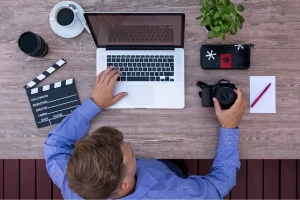- Financial Mindset
How to Deal with Impulsive Purchases and Avoid Debt
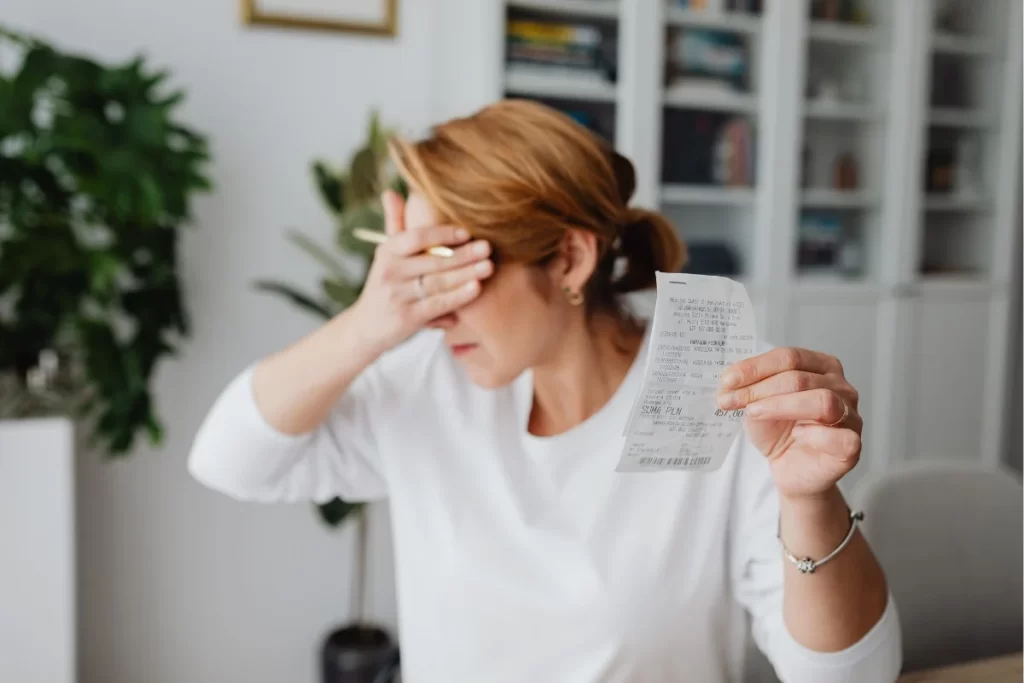
In today’s digital world, it has never been easier to spend money on impulse. With one-click purchases, social media ads, and the constant pressure to “treat yourself,” many people find themselves falling into a cycle of impulsive buying—often leading to unnecessary debt.
While occasional indulgences are natural, impulsive purchases made frequently or without planning can damage your financial health over time. The good news is that you can develop strategies to curb this habit, make smarter financial decisions, and avoid falling into debt traps.
In this in-depth guide, we’ll explore why impulsive buying happens, how it leads to debt, and—most importantly—how you can break the cycle and regain control over your money.
What Are Impulsive Purchases?
An impulsive purchase is a spontaneous buying decision made without prior planning or consideration of long-term consequences. These are often driven by emotion—stress, boredom, excitement—or triggered by external factors like advertising and social media.
Common Examples of Impulsive Spending:
- Buying trendy clothes or gadgets you don’t need
- Ordering food delivery when you have groceries at home
- Upgrading electronics or subscriptions without real necessity
- Purchasing online deals “before they expire”
- Making purchases for emotional comfort (a.k.a. retail therapy)
While some of these actions may seem harmless, they can become problematic when they disrupt your budget or cause you to rely on credit cards or overdrafts to keep up.
The Psychological Triggers Behind Impulse Spending
Understanding why we make impulsive purchases is the first step in changing the behavior. Some common psychological and emotional triggers include:
1. Instant Gratification
We live in a world of “now.” Buying something gives an immediate dopamine boost, providing a temporary feeling of satisfaction or control—especially during times of stress or uncertainty.
2. Fear of Missing Out (FOMO)
Limited-time deals, flash sales, and exclusive offers make us believe that if we don’t act fast, we’ll lose something valuable—even if we never needed it in the first place.
3. Social Influence
Seeing influencers, friends, or celebrities use a product can create an emotional desire to fit in or elevate our own status.
4. Emotional Spending
Some people buy things when they feel sad, anxious, bored, or even happy. Emotional purchases tend to bypass logic and budgeting entirely.
How Impulsive Spending Leads to Debt
Impulse buying may seem harmless at first—$20 here, $50 there—but it can quickly snowball into credit card debt, missed savings opportunities, and long-term financial stress.
Key Consequences:
- High-interest credit card debt: Many impulse purchases are charged to credit cards and not paid off in full, leading to interest accumulation.
- Overspending your budget: Buying outside your plan can lead to shortfalls in essential areas like bills, rent, or savings.
- Emergency fund depletion: Impulsive purchases might eat into savings meant for real emergencies.
- Mental strain: The stress of financial instability can affect mental health, relationships, and even job performance.
The key to escaping this trap is not to stop spending entirely—but to spend intentionally.
10 Practical Strategies to Deal with Impulsive Buying and Avoid Debt
Let’s explore specific, actionable ways to take back control and develop smarter financial habits.
1. Create and Stick to a Monthly Budget
A realistic budget is your financial roadmap. It helps you understand where your money is going and gives you permission to spend—within limits.
How to Start:
- Track all income and fixed expenses (rent, bills, debt payments)
- Set spending limits for flexible categories (groceries, entertainment)
- Allocate a small amount for discretionary spending—guilt-free fun money
- Use budgeting apps or spreadsheets to stay on top of it
When every dollar has a job, impulsive purchases become easier to spot—and easier to resist.
2. Implement a 24-Hour Rule for Non-Essential Purchases
Impulse buys are, by definition, immediate. One powerful habit to break the cycle is to introduce a pause.
Try This:
Before buying anything that isn’t planned, give yourself 24 hours to think it over. More often than not, the urge passes and you’ll realize you didn’t really want or need it.
Bonus: Some people extend this to 30 days for large purchases.
3. Delete Saved Payment Info and Shopping Apps
Online stores and mobile apps make it incredibly easy to buy in seconds. By removing saved credit cards and deleting shopping apps from your phone, you introduce friction into the process.
Less convenience = more time to reconsider.
You can also:
- Unsubscribe from promotional emails
- Unfollow influencers or brands that tempt you
- Turn off app notifications from retail stores
4. Make a Shopping List—and Stick to It
Whether online or in-store, always shop with a list. It creates intentionality and helps you focus only on what you need.
Tips:
- Before heading out, take inventory of what you already have
- Set a spending limit for your shopping trip
- Avoid shopping when hungry, emotional, or rushed
5. Use Cash or Debit Instead of Credit Cards
Swiping a credit card is easy—and abstract. You don’t feel the money leaving your hands. Try using cash envelopes or a debit card for daily expenses.
Benefits:
- You can’t spend what you don’t have
- It promotes mindfulness and limits overspending
- Helps build awareness of your real-time bank balance
6. Set Clear Financial Goals
When you have something meaningful to work toward—like paying off debt, saving for travel, or buying a home—impulse spending becomes less appealing.
Goal-Setting Tips:
- Make goals specific, measurable, and time-bound
- Break big goals into small milestones
- Keep reminders visible (a vision board, savings tracker, etc.)
Each time you resist an impulse buy, you’re investing in something bigger.
7. Recognize Your Spending Triggers
Everyone has different triggers. The key is to identify yours so you can build strategies around them.
Common Triggers:
- Boredom or loneliness
- Stress after a long day
- Social media scrolling
- Sales promotions or emails
- Peer pressure or social events
Once you know your triggers, you can replace spending with healthier habits—like walking, journaling, or calling a friend.
8. Create a “Want List” Instead of Buying Immediately
When you feel the urge to buy something, write it down instead. Maintain a “want list” of items that caught your eye, along with the price and date.
After a week or month, review the list. If you still want the item and can afford it without going into debt, go ahead and buy it. If not, you’ll be glad you waited.
9. Build an Emergency Fund
Some impulsive spending happens during financial panic—car broke down, unexpected medical bill, etc. By building an emergency fund, you reduce the emotional pressure to spend impulsively in stressful situations.
Start Small:
- Save your spare change or round-ups
- Redirect part of your discretionary spending
- Aim for $500, then build toward 3–6 months of expenses
Even a modest fund can prevent credit card reliance.
10. Seek Accountability and Support
Talk openly about your spending habits with someone you trust. It could be:
- A partner or family member
- A financial coach or therapist
- An online support group or community
Sometimes just saying out loud what you’re tempted to buy helps you decide whether it’s really worth it.
Turning the Tide: Build a Healthier Relationship with Money
Changing habits takes time, but every small step adds up. As you become more intentional with your spending, you’ll notice:
- Less financial stress
- More money saved
- Stronger confidence in your financial decisions
- A greater sense of freedom
Remember, the goal is not to never spend, but to spend in a way that supports your life—rather than controls it.
Final Thoughts: You’re Not Alone, and You’re Not Powerless
Impulsive spending is a common challenge, but it doesn’t define you. With awareness, strategy, and a little self-compassion, you can shift from impulsive buying to intentional living—and enjoy more of your money without the weight of debt.
Start with one small habit today. Then another tomorrow. Over time, you’ll build the skills and mindset needed for long-term financial well-being.
Your future self will thank you.


